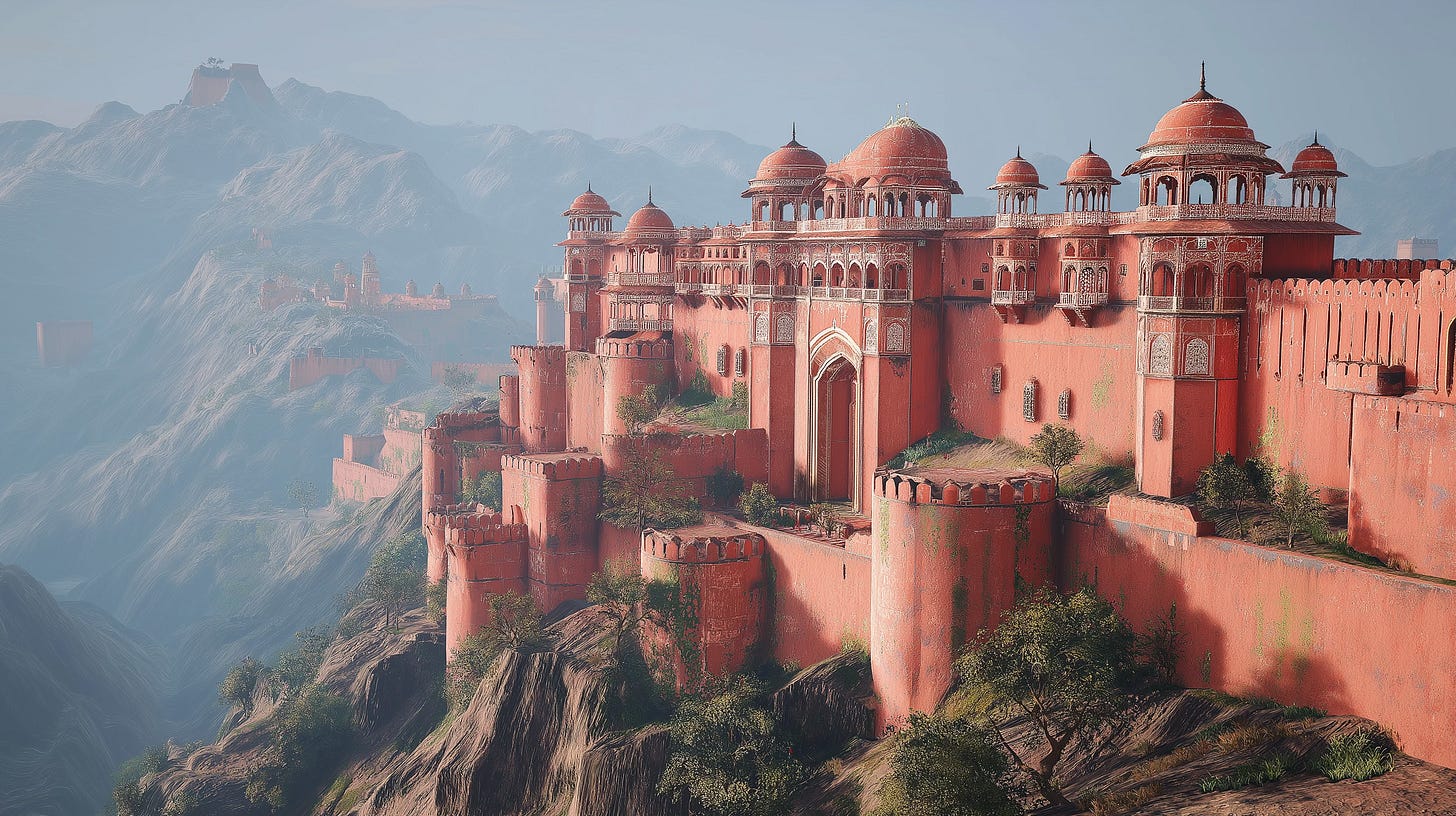Can India withstand economic coercion
Five charts to start your day
I remember my first trip to India. I was six years old. The smells and sounds were intoxicating. The hustle and bustle, the chaos of the streets, the sheer sensory overload left me spellbound. I thought I understood India, but in truth I saw only a sliver. Most of us do. India is one of the most fascinating yet misunderstood countries on earth.
Perhaps that is what we are seeing today. Donald Trump’s tariffs on India are not really about trade. They are about power, his power.
India believed it could hedge between the West and Russia, buying cheap oil while presenting itself as an emerging superpower. Trump’s response was simple: if you will not fall into line, tariffs will be used to hurt you until you do.
That is the story here. Not GDP forecasts. Not sectoral losses. The point is that the global trading order of the past 30 years, where disputes were handled by rules and markets, is collapsing. In its place comes economic coercion: tariffs, sanctions and restrictions deployed as tools of statecraft.
CHART 1 • Can India withstand economic coercion
This chart should not come as a surprise. It shows the likely consequence of sustained tariffs: India’s projected growth dipping below six per cent, with employment gains cooling and investment intent softening. A few tenths off headline growth may look technical, but momentum is the story. Break the rhythm and you weaken the narrative that attracts capital, creates jobs and sustains confidence.
Read beneath the headline and the mechanics become clear. The blow lands first on labour intensive exporters that anchor employment in smaller cities, then radiates through capex and credit as firms shelve expansion, trim inventories and protect cash. A softer rupee would cushion some of the shock yet risks imported inflation, narrowing the Reserve Bank’s room to ease. Foreign direct investment decisions slow, supply chains continue to tilt toward ASEAN alternatives, and state tax receipts grow more slowly, leaving fewer resources for infrastructure and skills. None of this is catastrophic in isolation, but together it erodes the flywheel India relies on for compounding growth.
Source: Financial Times
This is a complex and tricky topic to talk about. And I have quite an intimate relationship with India as my mother is originally from there. It is the world’s largest democracy, and an emerging superpower that is now facing off with the current world superpower – the United States. Both need each other. Perhaps both haven't realised that yet.
I would like to share another four charts with you if you're interested. But you have to be a paid subscriber.




